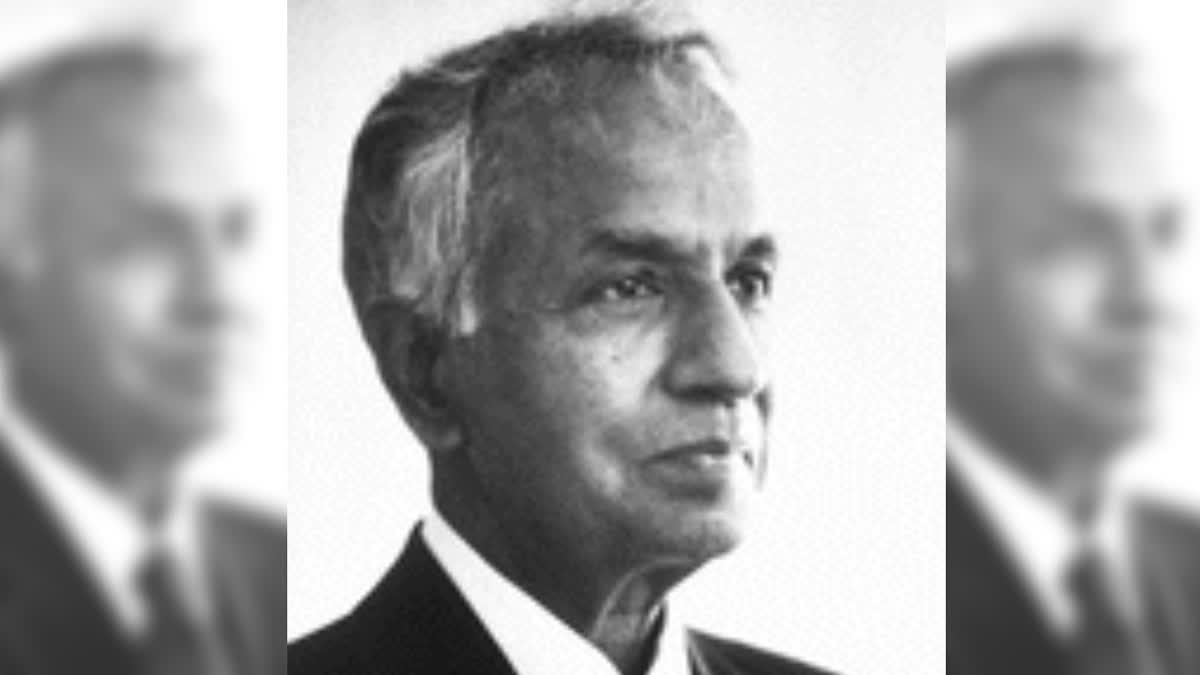Hyderabad/London: What's in name? A Noble laureate. This what one of our Union Ministers of State, and a son of Elon Musk have in common. In a surprising revelation on X, Minister of State for Electronics and Information Technology, Rajeev Chandrasekhar, shared a heartwarming tale about a conversation he had with the billionaire, Elon Musk. According to the minister, Musk disclosed to him that his son's middle name is Chandrasekhar, paying tribute to the eminent Nobel physicist Prof S Chandrasekhar.
The United Kingdom recently played host to a high-profile Artificial Intelligence (AI) summit, bringing together an assembly of political leaders and technology experts. Rajeev Chandrasekhar, the IT minister was in attendance at the event, which served as a platform to explore the promises and potential challenges associated with AI. He was representing India at the inaugural AI Safety Summit held at Bletchley Park in London.
During the summit, an unexpected encounter occurred as Rajeev Chandrasekhar crossed paths with Elon Musk, one of the distinguished participants. Their interaction led to a light-hearted tweet from Chandrasekhar, providing a glimpse into the convergence of technology and policy on a global stage.
Who is Subrahmanyan Chandrasekhar?Many people may not be familiar with the illustrious career of Subrahmanyan Chandrasekhar. This distinguished professor made significant contributions to our understanding of the physical processes governing the structure and evolution of stars, earning him the Nobel Prize in Physics in 1983.
Chandrasekhar's formative years-He was born on Oct 19 in Lahore, which was then a part of British India (now Pakistan) in 1910. He grew up in a family of intellectual heritage, with his mother, Sita Balakrishnan, translating literary works into Tamil. Chandrasekhar's early education was unique, as his parents and private tutors provided him with a solid foundation until the age of twelve. He later graduated from Hindu High School at the young age of fifteen.
In Cambridge- A scholarship paved the way for graduate studies at Cambridge University in England, where he eventually completed his Ph.D. in 1933. Prior to this, he spent a year in Copenhagen, Denmark, at the Institut for Teoretisk Fysik.
To Chicago-In 1936, Chandrasekhar embarked on a lifelong partnership with Lalitha Doraiswamy. The following year, he joined the faculty of the University of Chicago, where he started teaching and research until his passing in 1995.
